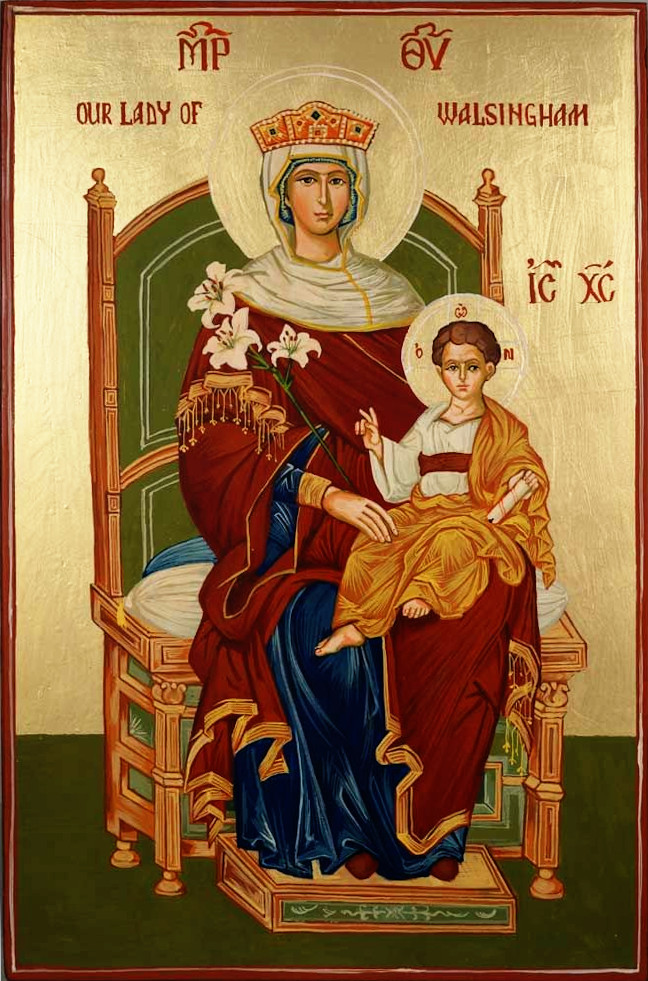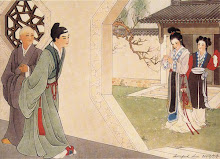02 August 2009
Soy toldiers - or, Kazakh history in a nutshell
Our neighbours, Bill and Eunice Claflin, are incredibly good people - albeit a little stuffy, in a southern New England kind of way (and that's by no means a bad thing!). Mr Claflin, in fact, upon hearing that I was going to Kazakhstan was enthusiastic to share his collection of model Kazakhstani soldiers with me (above), along with the magazine article in which the owner of Northcoast Miniatures (which produced these model soldiers) describes the history.
The middle of Asia has been home to a great number of peoples - hardly surprising, given the flat and open terrain which encourages a nomadic lifestyle. The first inhabitants of modern-day Kazakhstan were actually an Indo-Iranian people, the Saka - the famous 'Golden Man' armour is an artefact of their culture. They were often at war with their sedentary cousins to the south, the Achæmenid Persians (whose empire stretched from Asia Minor and Ægypt to northwestern India at its height). Indeed, one of the great Shahs of the Achæmenid state, Kurush (Cyrus) II met his death fighting off the forces of the Saka queen Tomyris. However, the Saka were either driven out or conquered when various waves of nomads (first the Wusun 乌孙 and then the Xiongnu 匈奴) began their trek west after being pushed from their traditional territories by the sedentary Chinese. The descendants of these scattered nomads ended up speaking Turkic languages; by the late 500's, Turks (Турки, left-most model soldier) were in control of much of the territory of Kazakhstan.
Islam failed to take root very strongly in the region until the Turkic Qarakhanid Khanate (Қарахан мемлекеті) of roughly 900-1200 - the Qarakhanids were responsible for replacing Turkic runes with Arabic script, and the language that they spoke was adapted into the literary Chaghatai language of the settled people in the south (later the Uzbeks) and the Qypchaq language of the nomads to the northwest (who created an independent Khanate - Desht-i Qypchaq [Дешт-и Қыпшақ], represented by the soldier second from the left - and became the Kazakhs). The Qarakhanids were one of a series of short-lived states during the power struggles between Buddhism and Islam in Central Asia, succeeded by the Seljuq Turks, the Buddhist Qaraqytai Xiliao 西辽 Khanate and finally the Muslim Horezmshahs.
The major drama of the Horezmshahs was the complete and utter conquest of Central Asia by the infamous Temudjin, also known as Shyńǵys Khan (Шыңғыс Хан, second from right). The Horezmshah ruler of Otyrar (near modern-day Karatau in southern Kazakhstan), Kaiyr Khan, robbed a Mongol trade caravan which he thought was carrying Mongol spies, and executed its leaders. Jingghis Khan, enraged, demanded Kaiyr Khan; the Horezmshahs, however, refused - a brave yet foolish and ultimately disastrous move. Jingghis Khan whipped up an army of about 200,000 and proceeded to lay waste to Otrar (killing Kaiyr Khan by having molten silver poured in his ears!!), the beautiful Horezmshah scholastic and cultural centre at Buhara (which he looted and razed to the ground), Samarqand, Merv, Balkh, Ghazni and pretty much the entire remainder of the continent. Jingghis' descendants continued the violent expansion of Mongol power - Hulegu Khan sacked Baghdad in 1258, destroying the Islamic caliphate, and Kublai Khan put an end to the Chinese Song Dynasty 宋朝 and ushered in the powerful-but-unpopular Yuan Dynasty 元朝.
The moral of the story? When it comes to the Mongols, you have no chance to survive make your time.
The northwestern portion of the Mongol Empire belonging to Batu and Orda, the sons of Joshy Khan (eldest son of Jingghis Khan) became known as Алтын Орда (Altyn Orda) - the Golden Horde. The followers of the Golden Horde were primarily various Turkic-speaking nomads - mostly Qypchaqs and Tatars. The linguistic influence of the Turks had the same effect on their Mongol lords as Chinese influence had on Kublai's descendants; by the 1300's, the Golden Horde was for all intents and purposes a Turkic nation. They managed to subjugate all of the Caucasus: Armenians, Georgians, Ossetians, the local Greeks, even the Russians were conquered and had to pay tribute to the Golden Horde.
The Horde was split into two 'wings' - the Blue Horde (Көк Орда Kök Orda) and the White Horde (Ақ Орда Aq Orda). Complicating matters is the fact that both were in almost perpetual states of civil war (in addition to the succession squabbles between them). The entire Horde basically crumbled in the 1400's, with a small fragment retaining the name 'Great Horde' while various rebel Khanates splintered off across Central Asia and the Caucasus. Among these was Abulqayyr Khan's Uzbek Khanate, which struggled to gain a foothold in what is now Uzbekistan - contending on the one hand with the local Timurids and on the other with his rebel kinsmen Kerey and Janybek - the first Khans of the Kazakhs.
Janybek and his descendants managed to establish the nomadic Qypchaq-speaking Kazakhs as a force to be reckoned with, though they continued to vie with the Chagatai-speaking Uzbeks for the land along the Syrdariya River (now running - sort of, thanks to destructive Soviet irrigation policies - through southern Kazakhstan). By the 1700's, though, the Kazakh Khanate found some fairly stiff additional competition from China and from the Züngars, a partially-Sinicised Mongol people - and found itself splintering along similar lines as the Golden Horde had before it, into three жүз jüz: Great Jüz, Middle Jüz and Little Jüz. In addition, the tribes were seeking military protection from Imperial Russia against the Züngars. During the wars with the Züngars, a noble батыр batyr (right-most figure) from the Middle Jüz named Abilmansür managed to reunite the jüz and push back the Züngars, allowing the Kazakh Khanate to reassert itself.
Abilmansür, later known as Abylai Khan, became a Kazakh culture-hero - he was the subject of the 2005 film The Nomad, which I reviewed earlier this year. Abylai's major victories weren't on the battlefield, though - the primary reason he was able to keep the Kazakh Khanate independent and strong was his diplomatic adroitness in dealing with Imperial Russia on the one hand and the Qing Dynasty on the other.
Kazakhstan's independence was short-lived, however. Tsarist Russia initiated a policy of colonial settlement within the areas under its 'protection', which meant that the Kazakhs were essentially pushed off their own land by ethnic Russians, sedentary Tatars and Cossacks. The rebellions the Kazakhs (and other Central Asians) mounted against the Russians were crushed with ruthless efficiency. Resistance continued up until World War I, when Kazakhs joined the Basmachi Revolt and established the short-lived democratic Alash State (Алаш Орда) after the fall of the Romanovs. The Alash State was later incorporated into the Soviet Union.
... Whew. I didn't expect this to turn into 'Kazakhstan's history in a nutshell'.
Anyway. I am enjoying borrowing the toy soldiers - I'll have to explore the history in greater depth once I'm over there!
Labels:
Alash Orda,
Hayastan,
history,
Holmgård and Beyond,
Huaxia,
the Internet
Subscribe to:
Post Comments (Atom)














No comments:
Post a Comment